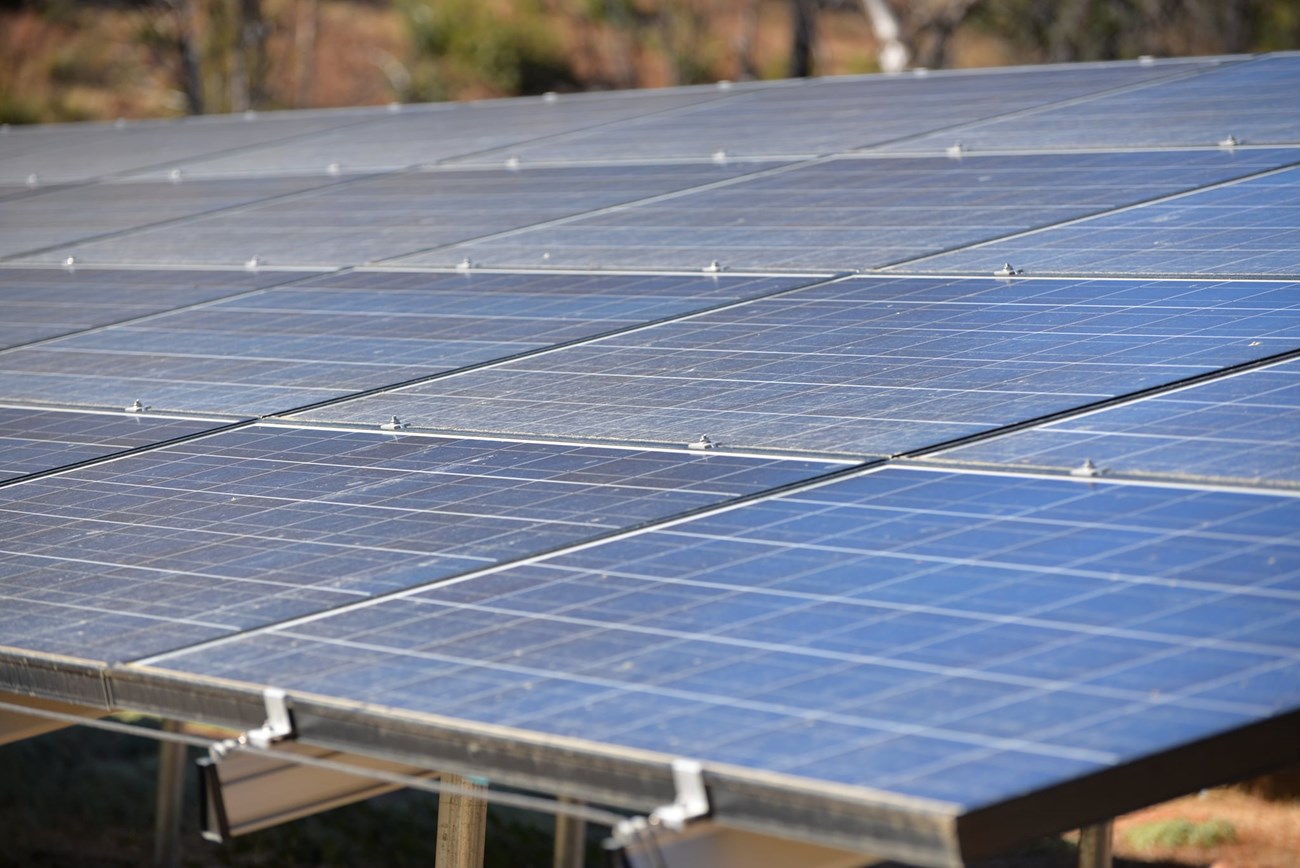
Electricity Electricity has become such a part of our lives that we rarely think about it - until the power goes out! We use it every time we turn on a light, vacuum the carpet, watch TV or step into an air- conditioned room on a hot summer day. We seldom stop to think about how much electricity we use, where it comes from, how much it costs, or whether we can, or should, be generating or using electricity in different ways.
What Does Electricity Really Cost? Most people think of the cost of electricity as being the amount of money owed each month on their utility bill. This may or may not be a significant amount of money for each of us as individuals. However, when we take environmental costs into account, we begin to get a more accurate idea of how much electricity is costing us as a society. Many power plants burn fossil fuels, particularly coal and natural gas, to generate electricity. These types of fuels are limited and require additional technology to prevent air and water pollution when they are burned. Fossil fuels must be mined from the earth, sometimes resulting in accelerated erosion and negative impacts to wildlife and watershed health. Finally, natural gas and especially coal-fired power plants emit carbon doixide into the atmosphere, the primary greenhouse gas causing global warming and climate change. Nuclear power is significant in that it does not pollute the atmosphere. However, it does require mining, toxic waste storage, and the continuous threat of mechanical breakdowns that could lead to bigger environmental disasters. Hydroelectric dams like the ones on Shasta and Whiskeytown Lakes are also commonly used to generate electricity. This process uses water to spin turbines that produce energy. Hydroelectric dams are significant because they do not pollut the air and atmosphere. However, by blocking fish passageways and altering downstream flow and habitat, dams have contributed to a major decline of many fish populations. The construction of dams has also had an impact on many people who were forced to move when their communities were buried beneath man-made lakes. Burning fossil fuels, constructing nuclear power plants, and building hydroelectric dams provided the electricity we used in the last century. Can we afford to use the same technology to meet our growing demand for energy today and in the future?
Solar Technology at Whiskeytown As caretaker of hundreds of special places including Whiskeytown National Recreation Area, the U.S. National Park Service is working hard to protect park resources and serve the public by conserving energy and using clean, renewable energy to power the park. At Whiskeytown, this has resulted in several positive changes. Over the course of the last several years, solar panels have been installed at the Visitor Center, park maintanence building, water treatment facilities, and dozens of parking lot streetlights. These projects reduce the park’s use of our nation’s conventional energy resources. Whiskeytown's solar panels conserve electricity for other purposes and saves taxpayer dollars.
How Does it Work? Our outside street lighting works by using solar panels to generate direct current (DC) electricity when the sun is shining. This electricity is stored in batteries and used to power the lights after the sun goes down. Whiskeytown’s visitor center uses solar panels to run conventional plug-in electrical appliances by converting the direct current (DC) electricity produced by solar panels into alternating current (AC) electricity like what is delivered by the utility company by using a device called an inverter. When Whiskeytown generates more electricity than the visitor center is using, the excess energy is fed back into the grid. The grid is the network of power lines that connects energy-producing power plants with electricity consumers. In the past, electricity flowed one way, from the company to the consumer, and the consumer always got a bill. Now, electricity may flow in both directions, and sometimes instead of a bill, the consumer will earn a credit for the electricity we generate ourselves.
What is Your Energy Future? Whiskeytown is working to turn energy from the sun into power for parks and people without many of the negative impacts associated with conventional energy sources. To meet the demand of your home or business, how do you think electricity should be generated today, without compromising our energy future? Solar technology provides us with an opportunity to make a choice that will benefit both present and future generations. |
Last updated: October 13, 2024
